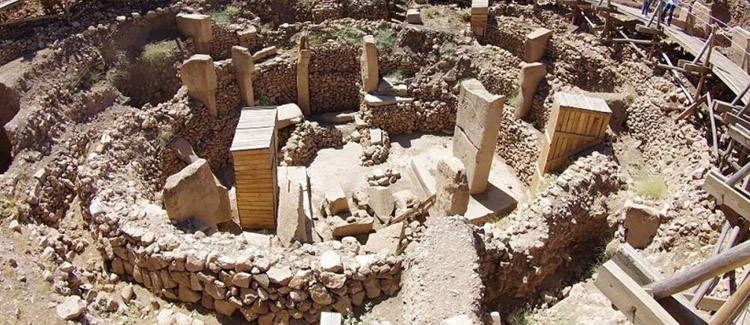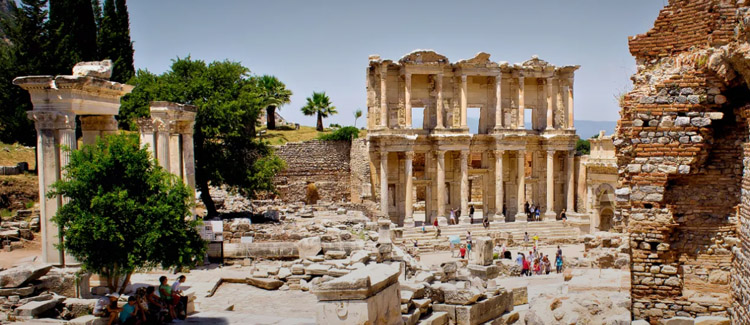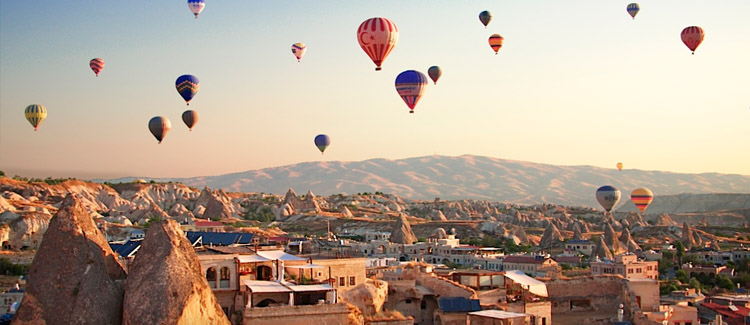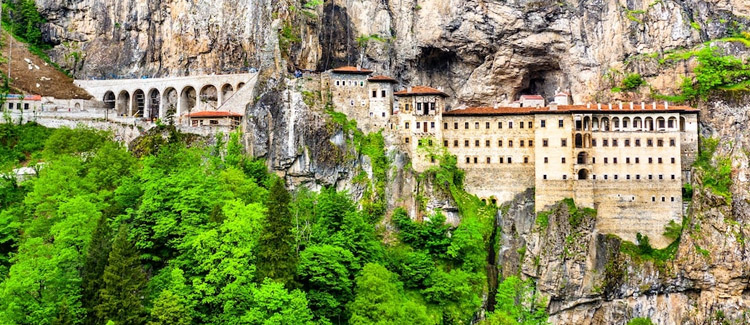ABOUT TÜRKİYE
As a modern country founded on the territory of Anatolia, Türkiye combines its modern culture with its rich cultural and historical heritage within its borders. In this aspect, Türkiye has a cultural mosaic that brings together different deciphers.
It is necessary to emphasize that Türkiye, which is a very important country in terms of its location acting a bridge between two continents, has great importance not only in the economic and political sense but also in the cultural context. Combining modern and traditional, Türkiye manages to be the center of attention of many people with its historical and cultural riches.
While Türkiye is a special country in almost every sense, it also manages to attract the attention of many people with its cuisine. The food culture is quite developed in Türkiye, where different cultures are blended. At this point, it is possible to state that Türkiye has integrated regional wealth at some point! Many flavors such as Kebab, Kofte, Iskender Kebab, and Çiğköfte are among the most special foods in Türkiye. So it’s obvious that Türkiye manages to meet the taste expectations in the best way.
Where to visit in Türkiye!
Türkiye offers plenty to its visitors. As the cradle to many civilizations, there are a lot of places from ancients. On the other side the unique location of the country gives its visitors fascinating wonders of natures.
A few of these interesting places…
Gobeklitepe
Archaeologically categorised as a site of the Pre-Pottery Neolithic A Period (c. 9600–7300 BC) Göbeklitepe is a series of mainly circular and oval-shaped structures set on the top of a hill. Excavations began in 1995 by Prof. Klaus Schmidt with the help of the German Archeological Institute. There is archelological proof that these installations were not used for domestic use, but predominantly for ritual or religous purposes. Subsequently it became apparent that Gobeklitepe consists of not only one, but many of such stone age temples. Furthermore, both excavations and geo magnetic results revealed that there are at least 20 installations, which can be called a temple.
Ancient City of Ephesus
The ancient city of Ephesus was valued for a long time as a harbour town, and many famous classical philosophers, who are still read today, such as Heraclitus, lived in the scientific, artistic and cultural city of Ephesus. The ancient city of Ephesus, and especially its Temple of Artemis, one of the first temples, is recognised as one of the seven wonders of the world and since 2015 it has been included in the ‘World Heritage List’.It is believed that Ephesus was founded as far back as 6000 BC and was built to pay homage to Artemis, the fertility goddess. The city was the capital of Hellenic Greece, one of the 12 cities of Ionia during the Classical Greek period, and the capital of the Roman Empire’s province of Asia. The ancient city of Ephesus was built in four separate main areas: the Ayasuluk Hill, Artemision, Ephesus and Selçuk. Within the boundaries of the city are extremely valuable buildings, monuments and artefacts including the Temple of Artemis, the Celcus Library, House of the Virgin Mary, the Cave of the Seven Sleepers, the İsa Bey Mosque, the Prytaneion (Municipal Palace), Domitianus Square, St. John’s Castle, the Temple of Hadrian, and the Basilica of St. John.
Cappadocia
Cappadocia, one of the most amazing places on earth… With its valley, canyon, hills and unusual rock formation created as a result of the eroding rains and winds of thousands of years; whole area stands as natural open air museum. Pigeon Valley, Esentepe Open Air Museum, Paşabağlar, Avanos, Kaymaklı Underground, Sinasos Town and Three Graces in Urgup are some of the famous sites to be visited in Cappadocia.
Sumela Monastery
Sumela (the name is derived from nearby Mt Melat) was founded in the 4th century AD and abandoned in 1923 after the creation of the Turkish Republic and the ‘exchange of populations’. When the monastery is open again, the main church, formed from a natural cave and built in the shape of an extended apse, is the high point of a visit here. It is covered both inside and out with colorful frescoes depicting everything from the Virgin Mary to the Last Judgement. The earliest examples date from the 9th century, but most are from the 19th century. Sadly, many have been defaced, some deliberately and in recent times.



